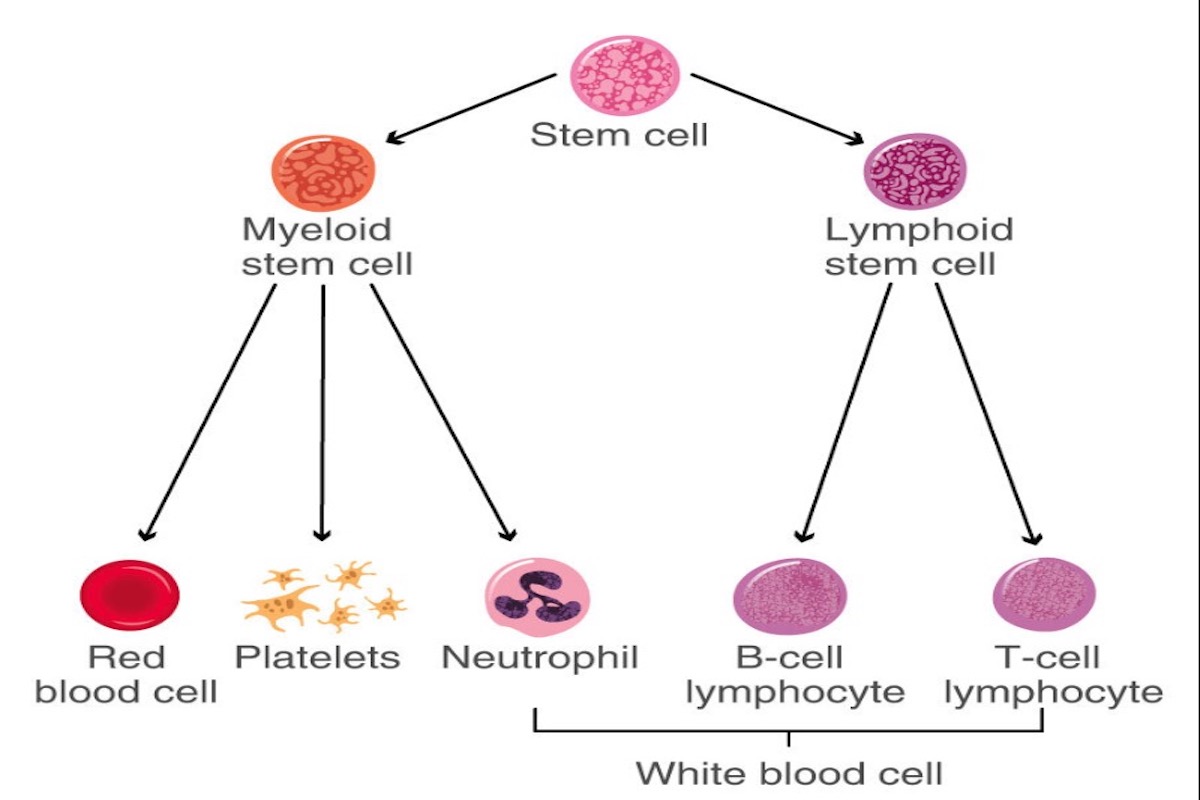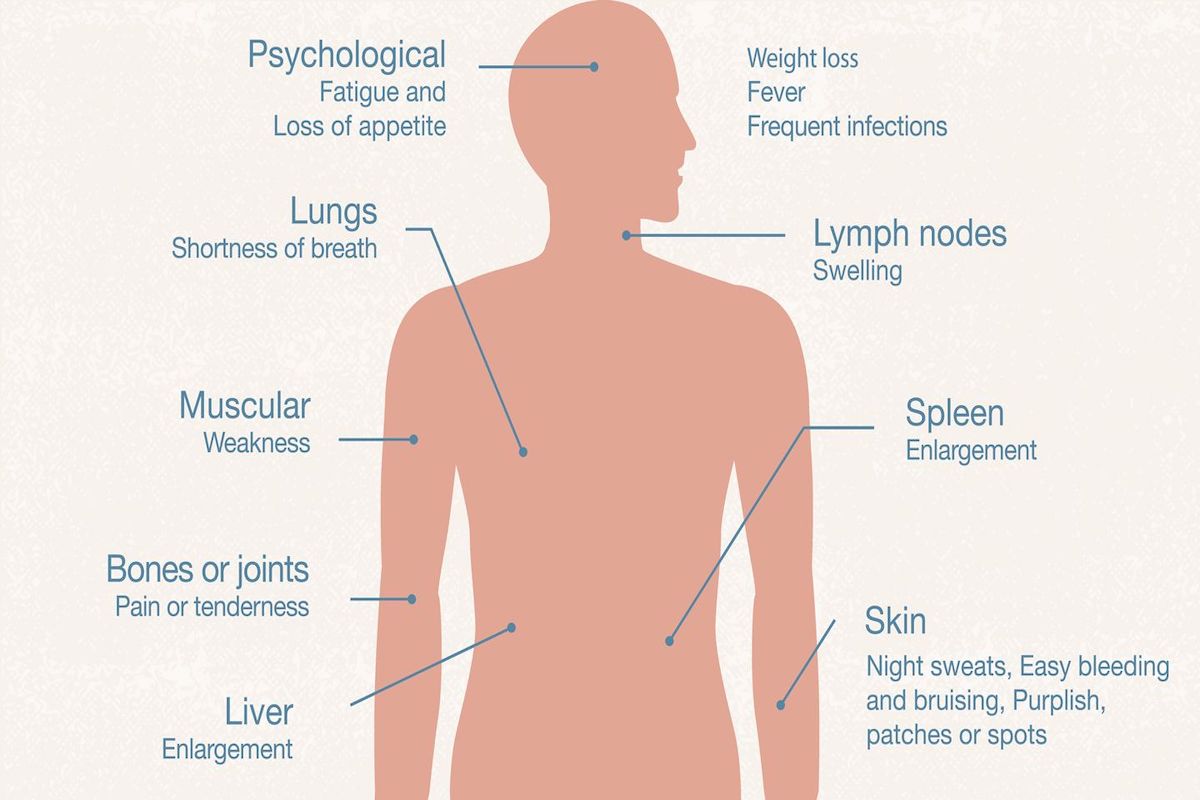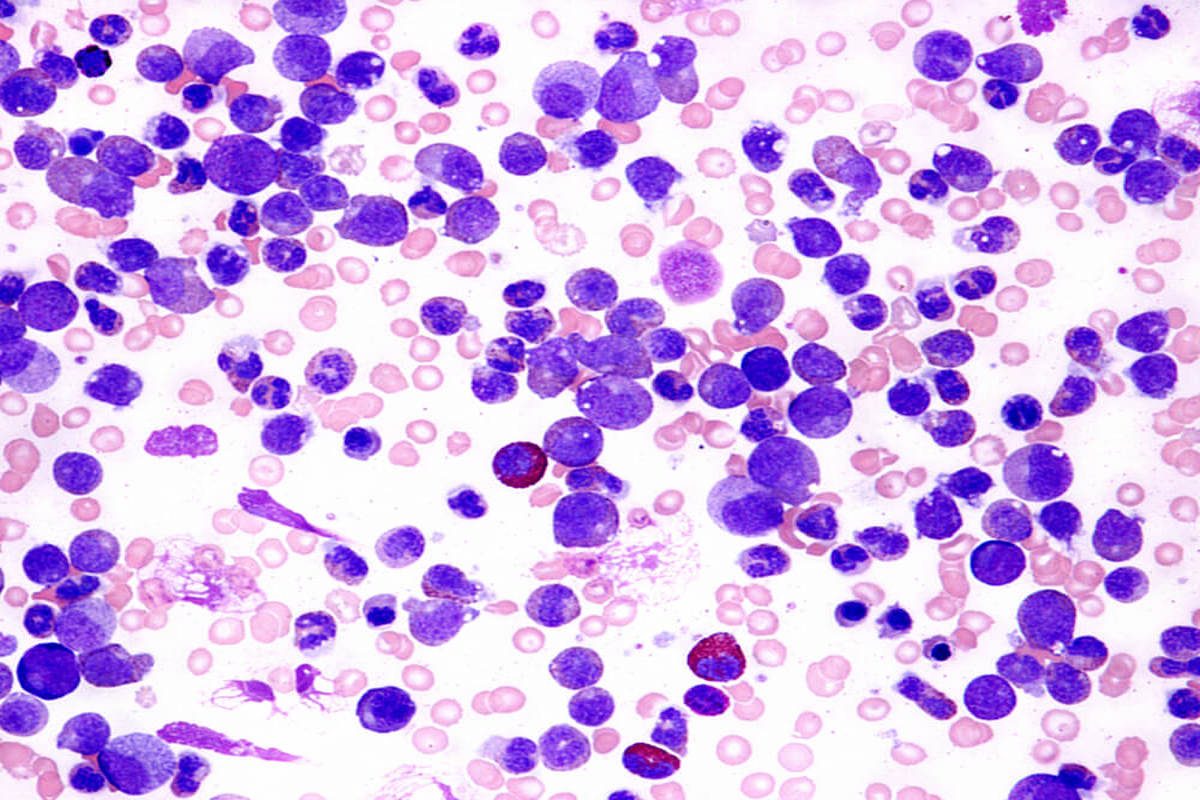Receiving a diagnosis of any cancer is a nightmare for most patients. After times of uncertainty, you finally know what it is. However, for most diagnosed patients, it is just the beginning of more uncertain times. After the diagnosis, you’ll get more and more tests, and, if possible, you’ve to start treatment immediately. Each year, approximately 10,000 new cases of chronic myeloid leukemia, also called CML, are added in our country. Although it may not be the most common type of leukemia, it’s still important to know how you can recognize it. And what you should do next to prevent severe complications.

What Is Chronic Myeloid Leukemia?
CML is a type of blood cancer that starts in the bone marrow, which is the spongy tissue inside bones where blood cells are produced. In chronic myeloid leukemia, the bone marrow produces too many white blood cells, called myeloid cells, which are a type of white blood cell that helps fight infections in the body. These abnormal cells don’t function properly and can accumulate in the bone marrow and the bloodstream, which can interfere with the production of other healthy blood cells.
Causes of Chronic Myeloid Leukemia
The body producing too many white blood cells is caused by an acquired genetic mutation or by a change in myeloid stem cells that are growing in the bone marrow. The mutations aren’t hereditary and happen over time, which means people with CML don’t have the mutation since they’re born but acquire it later on in life. Abnormal (mutated) genes give cells other instructions than they’re used to before. In CML, they create a fused gene, called BCR-ABL. The BCR-ABL gene triggers a chain of events that leads to this form of leukemia.
This is how it works:
- The BCR-ABL gene provides new instructions to myeloid stem cells.
- The stem cells produce an abnormal version of tyrosine kinase enzymes.
- These enzymes help regulate cell growth and act like “on” and “off” switches.
- However, the abnormal tyrosine kinase enzymes lack an “off” switch.
- This leads to uncontrolled division and multiplication of myeloid stem cells in the bone marrow.
- Over time, abnormal myeloid stem cells start producing excessive immature white blood cells (blasts).
- The blasts accumulate in the bone marrow, making it difficult for the bone marrow to produce normal red blood cells, white blood cells, and platelets.
- This can result in fewer red blood cells, more platelets, and abnormal white blood cells.
Chronic Myeloid Leukemia can affect anyone, but certain factors may increase your risk of developing the disease. These include age, gender, exposure to high levels of radiation, and exposure to high levels of certain chemicals. Most cases are diagnosed in people over the age of 60 and men are also more likely to develop CL than women. However, the disease can develop in people without any known risk factors. Which makes it crucial for us to know how you can recognize this type of blood cancer.

How Can I Recognize Chronic Myeloid Leukemia?
This type of leukemia may not cause any symptoms in its early stages, which makes it crucial for people over 60 to have their blood checked regularly. This is the only way to detect CML in its early stages. However, as cancer progresses to more severe stages common symptoms include:
- Fatigue
- Weakness
- Fever
- Night sweats
- Unintended weight loss
- Abdominal pain & swelling
- Feeling full after eating a little bit of food
- Bone pain
- Easy bleeding
- Loss of appetite
Additionally, some people with CML may have a higher risk of infections and may experience frequent infections or difficulty fighting off infections.
Diagnosis of CML
If you recognize these symptoms by yourself or in a loved one, make sure to contact your professional healthcare provider and tell him or her about it. Your healthcare provider will listen to your concerns and examines you if necessary. At first, they’ll do a blood test. If the results are inconclusive or unusual, they’ll examine further. The only way to diagnose CML is by doing chromosome or genetic testing. Tests a healthcare provider will do are: a complete blood count, a bone marrow biopsy or aspiration, CT scan or ultrasound. After several tests and extensive research, a diagnosis will be made.
Chronic Myeloid Leukemia can cause several complications, including anemia. This is a shortage of red blood cells. In other cases, it may also cause the spleen to enlarge, which can lead to abdominal discomfort or a feeling of fullness. Additionally, if CML progresses to its more advanced stages, it may resemble acute leukemia and cause more severe symptoms. It’s also possible that CML increases your changes of getting other types of cancers, like stomach cancer, lung cancer, prostate cancer and thyroid cancer. Often referred to as second cancers.

Stages of Chronic Myeloid Leukemia
When you or a loved one receives the diagnosis of chronic Myeloid leukemia, the healthcare provider also tells you in what phase the leukemia is. In CML there are 4 phases, unlike other cancers where there are stages. To make it easier to understand we made a table that provides a simple and clear view of the 4 phases.
| Phase | Description |
|---|---|
| Chronic Phase | This is the earliest stage of CML. There may be no symptoms or only mild symptoms, and the number of abnormal white blood cells is typically lower than in later stages. Treatment may involve medications called tyrosine kinase inhibitors (TKIs). |
| Accelerated Phase | In this stage, the number of abnormal white blood cells increases, and symptoms may become more severe. The disease may progress more quickly, and it may become more difficult to control with TKIs alone. |
| Blast Phase (Blast Crisis) | This is the most advanced stage of CML. There is a very high number of abnormal white blood cells, and the disease may resemble acute leukemia. Symptoms may include fatigue, weakness, fever, and signs of infection. Treatment may involve intensive chemotherapy or a bone marrow transplant. |
| Resistant CML | This occurs when the disease does not respond to standard treatments, such as TKIs, or if the disease progresses despite treatment. Resistant CML can occur at any stage of the disease and may require more aggressive treatments, such as a bone marrow transplant, to achieve remission. |
Treatment Options
After the diagnosis is made, you’ve to start treatment. The most common treatment option for (chronic) CML is with TKI’s (tyrosine kinase inhibitors). This is a form of targeted therapy. IN CML these TKI’s need to block the BCR-ABL genes, so that the abnormal cells start to die. TKIs can stop chronic myeloid leukemia from causing symptoms and make the disease go away, which is called remission. This means that tests may not show any signs of the disease. Most people with CML take TKIs for the rest of their lives to keep the disease under control and prevent it from coming back.
It’s possible that standard treatment options do not help (anymore), so other options should be sought. That’s why it’s essential to do your own extensive online research and stay up-to-date about new treatments. Have you already been diagnosed with chronic myeloid leukemia or another type of blood cancer, but aren’t satisfied with your treatment plan? Doing a second opinion in another hospital or oncology center is always a good idea. Start your search today:

